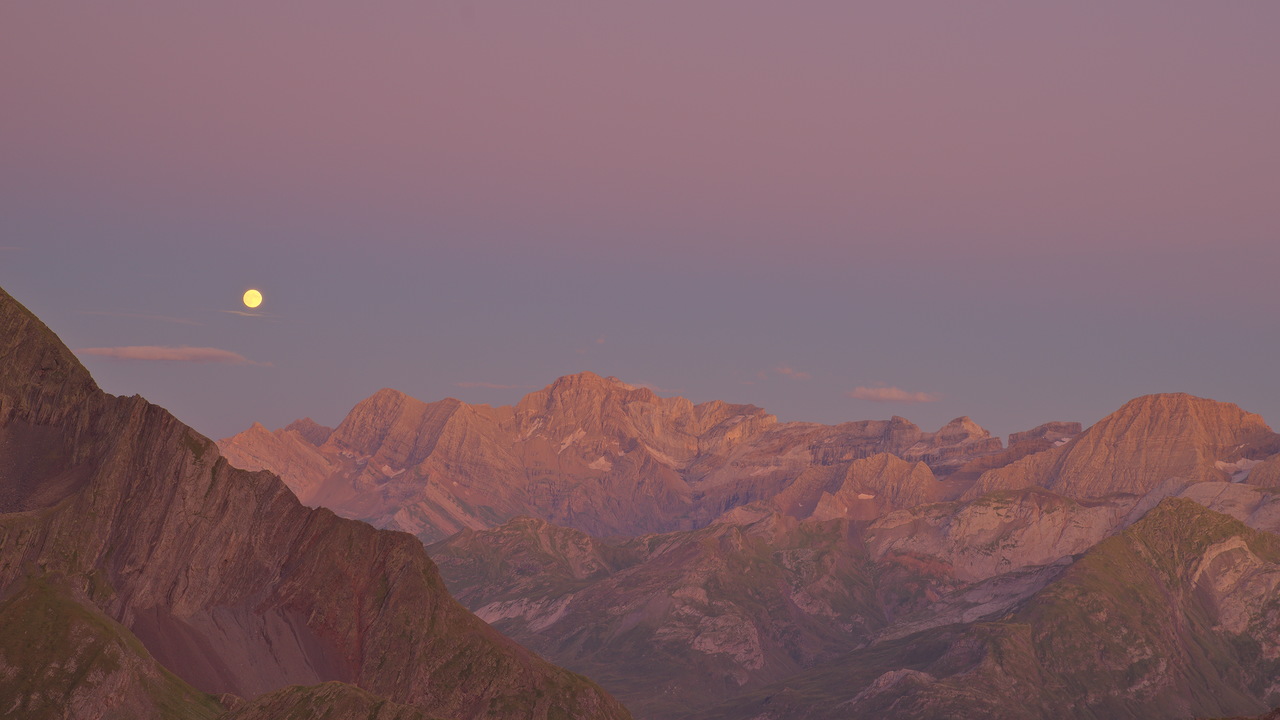Just ran a test on my K-1ii. Ran a series of about 7 exposures with lens cap on and taped, viewfinder capped, inside a black bag, with LCD on Outdoor Exposure +2, no noise reductions, for a series of ISO 800, 20 second exposures in quick succession. Followed with same setup, but set to LV, for about 7 exposures of 20 seconds with 20 seconds in between the exposures. So more or less following the suggestion by photoptimist. A total of 14 exposures. Used a conversion from DNG to TIF, no image modifications, then edited with Photoshop CC2019. Set Image > Exposure to +3.00, then Brightness/Contrast to +30/+30. I had no visible "amp glow" throughout this test.
Going back to the original unmodified DNG files, I opened the last image in Adobe Camera Raw (ACR, which has essentially the same image modifications as Lightroom), and set Exposure to +3.00, Contrast to +30, Highlights to +30, Whites to +30. No amp glow visible.
Going back to the original unmodified DNG files, I opened the last image in ACR, and set Exposure to +4.00, Contrast to +30, Highlights to +30, Whites to +30. Barely visible amp glow.
Going back to the original unmodified DNG files, I opened the last image in ACR, and set Exposure to +5.00, Contrast to +30, Highlights to +30, Whites to +30. Amp glow visible, about like yours.
Still using ACR, several images in the sequence were similarly checked. The first image had a very, very slight amount of amp glow at the +3.00 Exposure value. The amp glow then actually
decreased to not visible from the beginning to end of the sequence at the +3.00 Exposure setting. ??


Clearly, the processing software makes a huge difference. I suspect that Photoshop's Exposure control is not in units of EV, whereas ACR's Exposure is (certainly acts that way IMO). I also can clearly see that ACR's Highlights slider is rather weak, while the Whites slider is immensely strong, with an Exposure setting ranging from -5.00 to +5.00 making no difference against a Whites setting of +100 (image is a light, grainy pink, and really ramps up after Whites +75). I also noticed that increasing any (Photoshop or ACR) Contrast setting actually reduced the showing of amp glow, while decreasing it increased the amp glow visibility.
Based on this testing, I'd suggest that your K-1ii is performing about 1.5 to 2EV less than mine and could be a candidate for service.


Oh, do the Dark Frame Subtraction setting as suggested above. If it fixes the noise, then your K-1ii is operating better than what my test seems to show. My testing was, of course, with that setting OFF.


 Similar Threads
Similar Threads 


















 Post #8 by photoptimist
Post #8 by photoptimist








